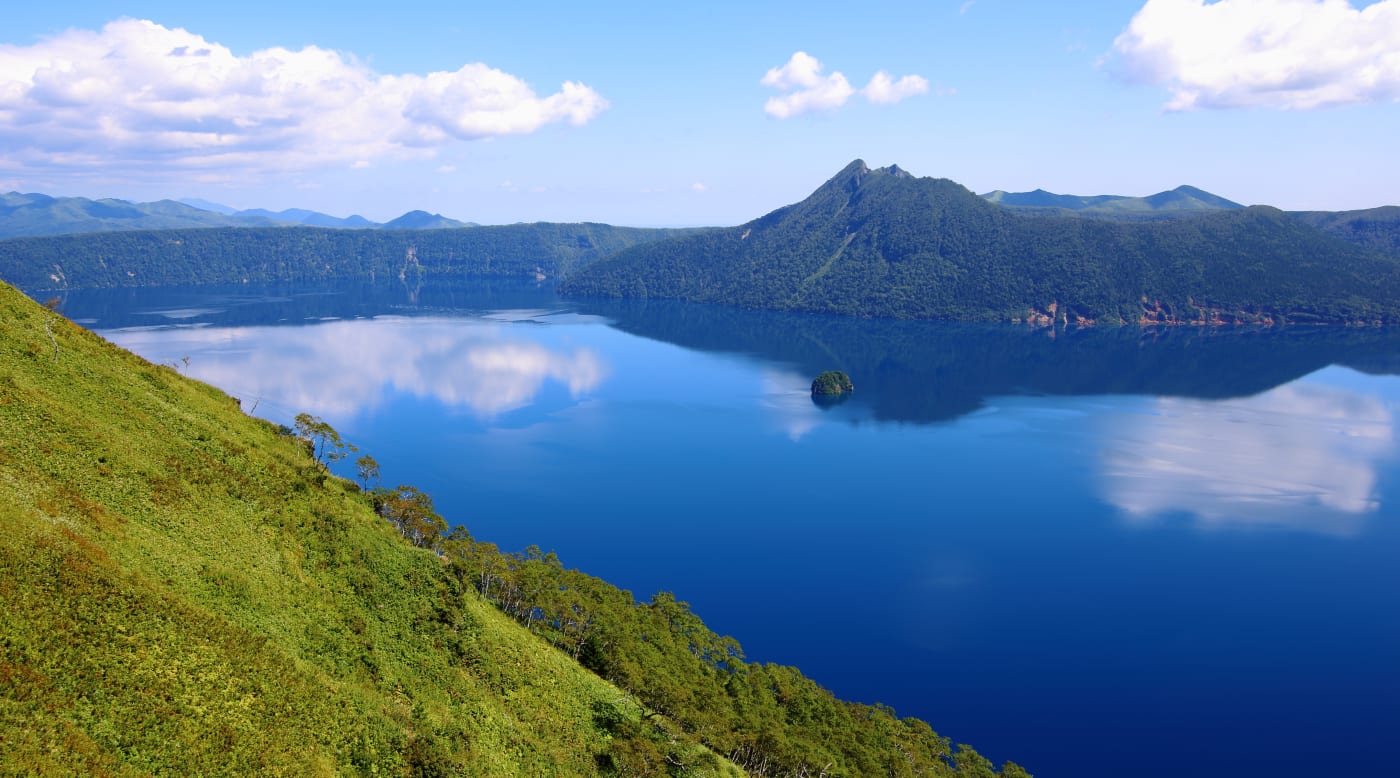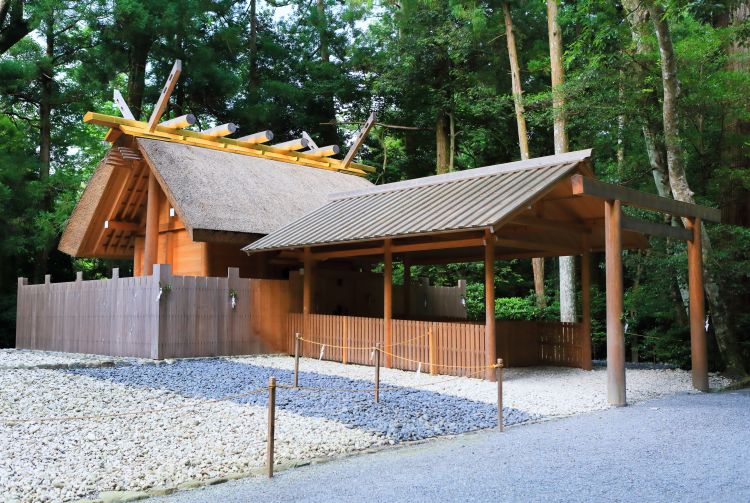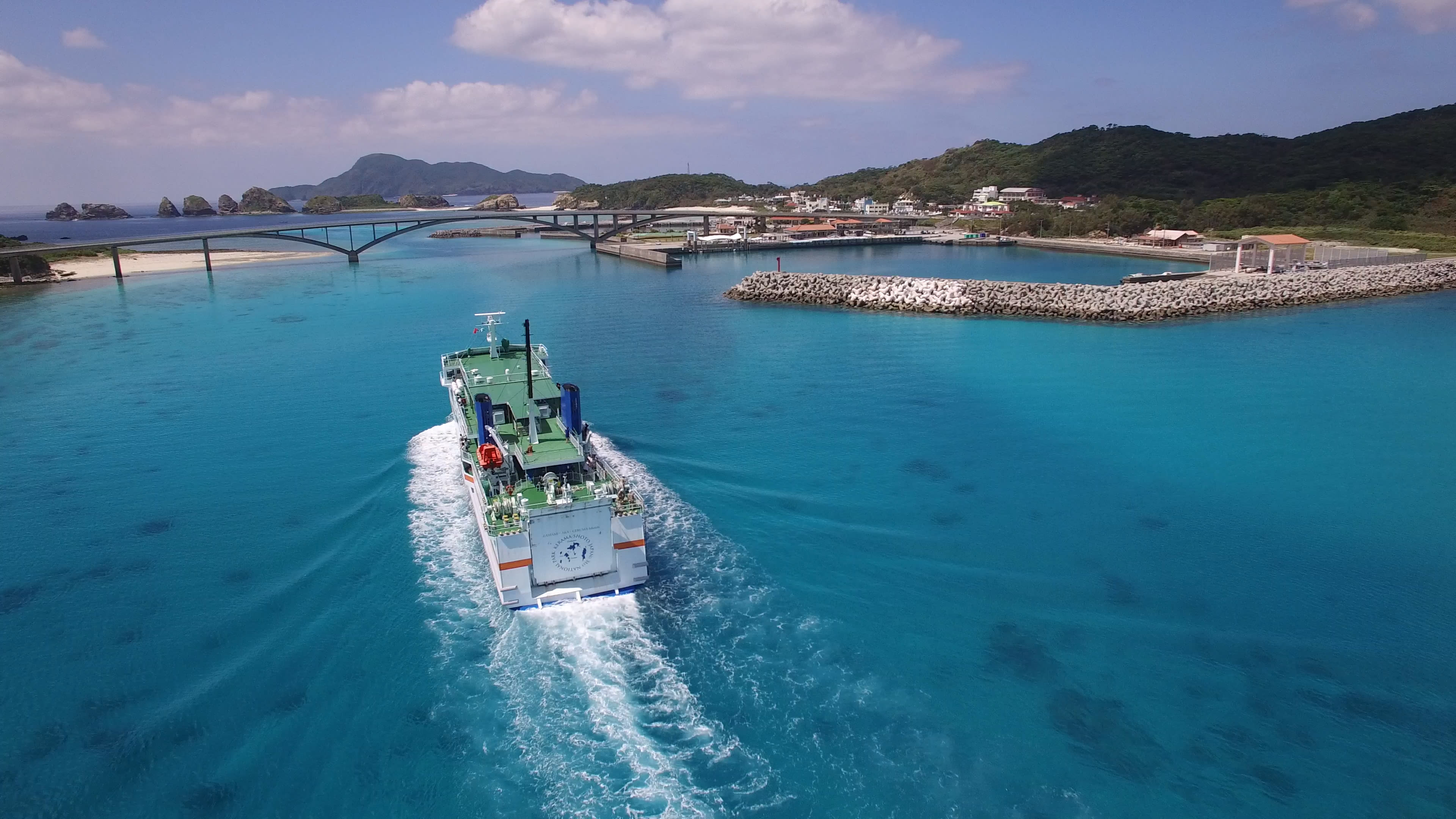Japan – Different National Parks with unique landscapes
Japan is blessed with some of the world’s most spectacular natural landscapes – mountain ranges, forests, volcanoes, and thousands of small islands. The government has designated the most prominent of these landscapes as National Parks; development and other human activity are regulated in order to protect them and preserve them for future generations.
Various activity programs offer visitors the opportunity to experience the unique lifestyles and cultures of the local people in each area, all of them shaped by nature. There are a total of 34 National Parks and in this article we’d like to introduce just three of them.

Akan-Mashu National Park in Hokkaido is a pristine landscape of volcanoes, lakes and subarctic forests. Constant volcanic activity in the area over thousands of years has shaped mountain ranges and created large craters and lake. To the west of the Park is the beautiful Lake Akan. Boiling mud pools erupt continuously along its southern shoreline, keeping the surrounding area warm all year round.
To the east is Lake Mashu, one of the clearest lakes in the world. Hot springs bubble up from underneath; these keep parts of the lake from freezing over in winter, making it an annual migration target at that time of year for hundreds of whooper swans from Siberia. Its sister Lake Kussharo is one of the largest caldera lakes in world, whose dynamic forest scenery changes with the seasons. Visitors can enjoy a range of outdoor activities, including fishing, hiking, kayaking and cycling.
This area is also home to Kawayu Onsen, one of Japan’s best-known hot spring resorts, where the aroma of sulfur fills the air and steam rises from the acidic water.
Spring starts late here but is worth the wait. As the snow thaws, Lake Akan is a dramatic sight, with slabs of ice on its surface. Then the park bursts into color, with the emergence of spring flowers marking the start of the season.

Akan-Mashu National Park is also one of the traditional homelands of the indigenous Ainu, whose ancestors made their living in harmony with nature, skillfully hunting wild animals in deep forests and catching fish in swift streams.
Guided tours led by members of the Ainu community provide visitors with a deeper understanding of their culture through various activities, including walks with commentary through the forest and along the lakeside. They also invite you to sample traditional Ainu food and try your hand at Ainu craft-making.
Ise-Shima National Park is located in Mie prefecture on the southern coast of central Honshu, and is home to some of Japan’s most ancient and revered Shinto sites, including Ise Jingu, a complex of 125 shrines dating back around 2,000 years. The coastline is dotted with picturesque inlets and fishing villages and bordered by an archipelago of tiny islands; the inland area is heavily forested and crisscrossed by rivers.
Ise-Shima has a large residential population relative to other National Parks, providing visitors with deep insights into the history of the region, as well as into the customs of those living in its small farms and coastal villages. A sense of awe and gratitude toward nature is a key aspect of the local culture.

The unique seafloor topography, warm water and rich ocean environment nurture a wide variety of marine life, including abalone, oysters, tuna, and snapper. Local ama women divers keep alive centuries-old traditions, diving without oxygen equipment to harvest abalone and shellfish from beneath the ocean.
Wooded hillside slopes in the Park provide timber for the refurbishing of the shrine, which occurs every 20 years, with old wood from dismantled shrine buildings reused within the complex or used to restore other shrines throughout Japan.
Every year, several festivals are held at the shrine, such as Kannamesai (in October) to celebrate the rice harvest, and the Kagura festivals (April and September) which involve performances of sacred dances.
A 40-kilometer boat ride west from Naha in Okinawa takes you to Keramashoto National Park, a subtropical archipelago of thirty islands in the East China Sea featuring sheer cliffs, steep mountains and dense pine forests ringed with coral beaches and calm bays. Just four of the islands are inhabited.

The surrounding ocean is famous for its vivid color and its sparkling clarity; it offers amazing snorkeling and diving opportunities and the chance to see coral reefs, sea turtles and other creatures up close.
During the winter months, large numbers of humpback whales migrate to the waters around the Kerama Islands to breed, offering visitors great opportunities for whale watching. These magnificent creatures are up to 15 meters in length and can weigh 30 tons.
These and more than 30 other National Parks are waiting to be discovered on a future trip to Japan!





